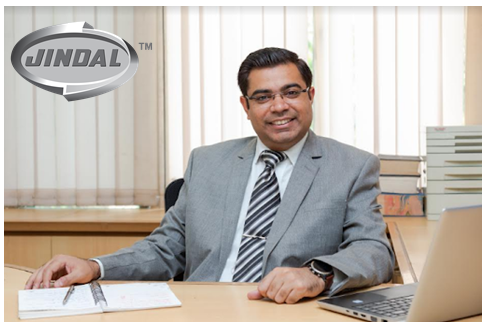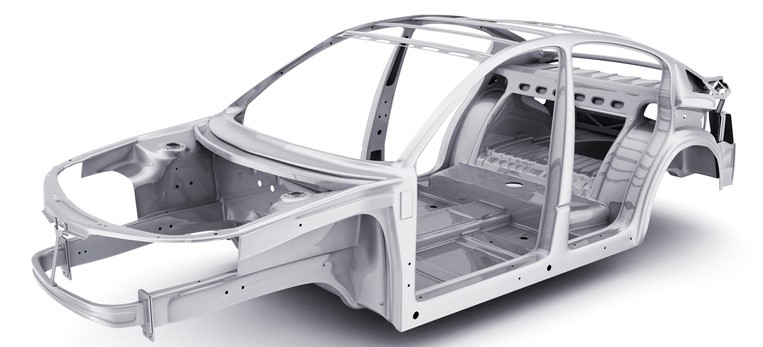

The usage of aluminium in the Indian auto sector as well as globally is significantly on the rise and presently, it ranks as the second most-used metal after steel. The utilization of the metal in the auto industry has been in multiple formats, as said by Naveen Mehta, Senior Vice-President, Extrusion Operations at Jindal Aluminium that aluminium can be found on a vehicle’s frame, body, electrical wiring, wheels, ABS brakes, transmission, the air-conditioning system including condenser and pipes, magnets for speedometers, tachometers, and airbags, and engine parts like pistons, radiator and even the cylinder head.

Mehta very specifically commented that vital property in the weight difference that aluminium can offer wins the race when it comes to lightweight, which remains a crucial criterion for today’s automobile manufacturers.
The metal aluminium has developed aerospace a reality and it is also a metal that is universally versatile, accepted by multiple sectors due to its sustainable nature, lightweight and energy-efficient qualities.
While explaining aluminium’s contribution to weight management of vehicles, Naveen Mehta said presently, an average car in India uses 40 kg of aluminium, while 160 kg of aluminium is absorbed in overseas cars. It is considered that roughly, a kilogram usage of aluminium would shrink the weight of the vehicle by twice the conventional weight of a vehicle. Hence, the usages of aluminium shell out to a weight lowering of up to 40-45% in a midsized car.

The Vice-President further added that in the area of manufacturing processes, approximately 3kg of steel or cast iron can be displaced with 1kg of aluminium. Aluminium contracts vehicular weight, thus providing better acceleration and also enhanced fuel economy. So, a car weighing 1,200-1,300kg can be limited to a 700kg ballpark, when aluminium is utilized extensively.
The usage of aluminium in auto body sheets is all set to rise in the automobile industry as is going to be its application for structural castings, as said by Mehta.
He added: “As we advance, aluminium will also play a crucial role in electric vehicles as they begin to get increasingly rolled out in India. Here, the role of aluminium in creating battery casings will be extremely important. In the time to come, aluminium is only going to find its way into automobile body parts and entire car bodies, given its high strength and ductility.”
“As aluminium replaces other materials in the future, bonnets, fenders, and doors too will offer newer areas of application of this metal in the next generation of vehicles. As a metal offering high stiffness levels, particularly those meeting the chassis' rigidity requirements, aluminium will also find potential use in providing crash impact-minimising solutions in vehicles of the future.”
Naveen Mehta also stated that the rate of aluminium’s adoption remains significant and this is expected because it is a metal that is indispensable and presents a quick, safe, environment-friendly, and cost-effective way to increase performance. While ensuring safety and durability, aluminium also boosts fuel economy and reduces the carbon footprint.
As per Mehta, EV producers are eyeing at lowering the weight of the vehicles and aluminium remains the preferred choice of being a light metal. Accordingly, a strategy of joint innovation and engineering between aluminium manufacturers and OEMs would be the way forward.
In regards to the production of Jindal Aluminium, Mehta said: “We have produced over 1.32 lakh tonnes of aluminium in FY2019-20 including extruded aluminium as well as flat-rolled products. Being among the top aluminium extrusion companies in India, we manufacture highly precise extruded profiles that meet international standards and tolerances. Manufacturers of two-wheelers, four-wheelers and commercial vehicles including buses, tractors and heavy commercial vehicles make use of these profiles. We also supply our profiles for Metro rail and high-speed trains. Our future roadmap would involve continued supplies to cater to the requirements of the automotive industry, as well as looking at the defence and aerospace sectors.”



Responses






